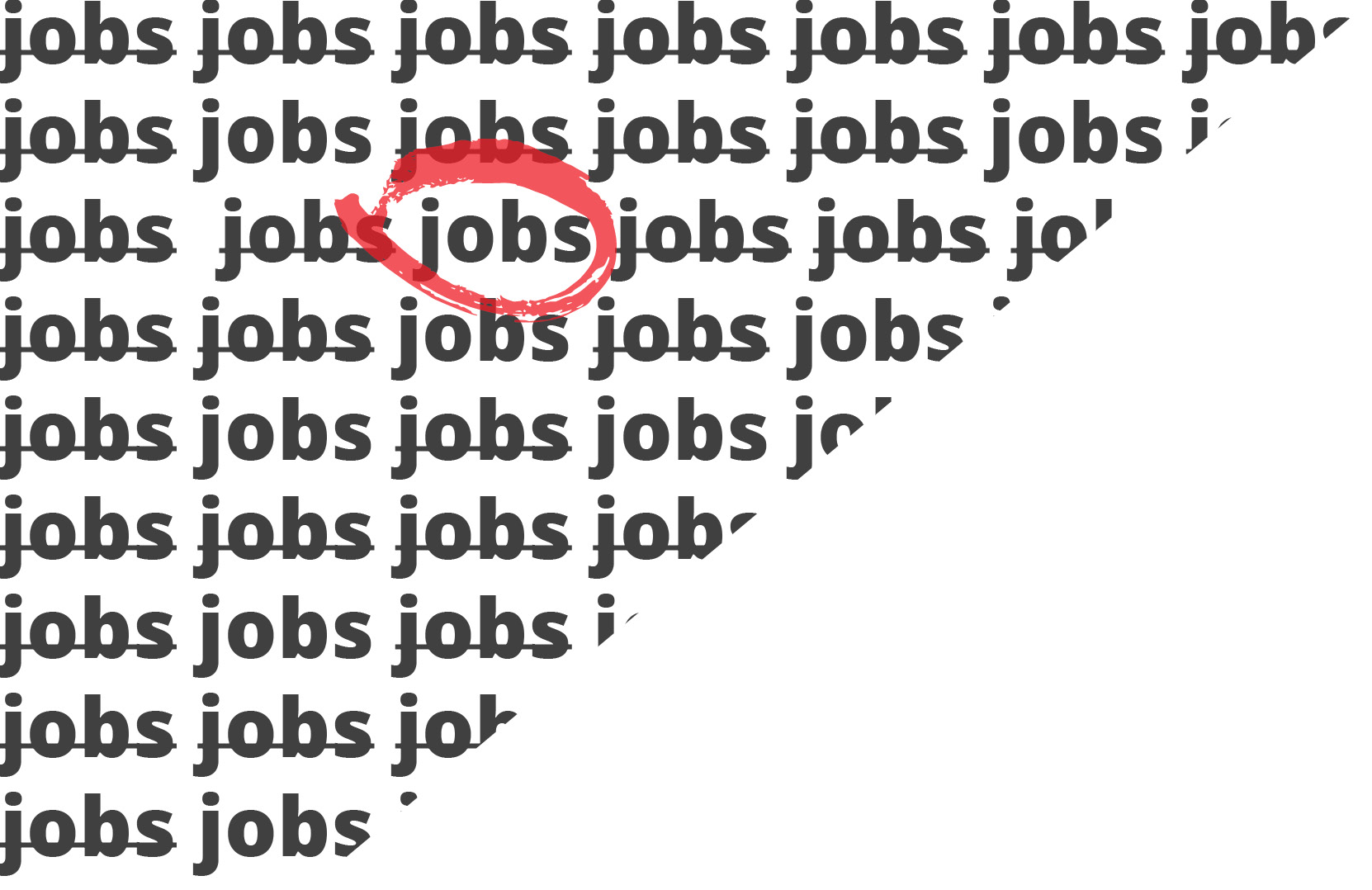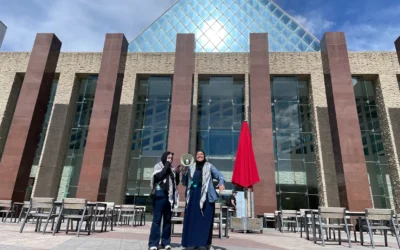For a lot of students, the summer is not entirely a vacation. The free time and relative lack of stress present a necessary opportunity to catch up on all that accrued debt, and maybe earn enough to get out of the city a few times. Part-time serving jobs can usually be expanded into full-time ones for the busy patio season, and there is a good amount of seasonal work students can seize on to ensure they can continue to pay bills once school starts up again.
Of course, this past summer was completely different. The first surge of COVID-19, perfectly timed with the end of the school year, destroyed a huge amount of regular summer opportunities. Restaurants and most retail spaces shut down entirely, until May in most provinces including Alberta, when they were allowed to open but at a very limited capacity, and a lot of temporary summer jobs were taken off the table entirely.
According to Statistics Canada’s Labour Force Survey (LSF), the unemployment rate for returning students in May 2019 was 13.9 per cent. In May of this year, it was 40.3 per cent.
In the circumstances of a highly infectious outbreak, this was expected, and somewhat accounted for. Even though it did not go far enough in many cases, and had eligibility gaps in others, the Canada Emergency Response Benefit (CERB) at least indicated the federal government was willing to spend money to address the problem, and did help a lot of unemployed or underemployed people make their way through the past six months.
Now, though unemployment rates are still high, they are starting to recover from the peak in May recent data specifically for returning students is not available from the LSF, but the unemployment rate as a whole was 10.2 per cent in August, compared to 13.7 per cent in May, and 5.6 per cent in February, pre-pandemic. With the recovery starting to take shape, costly tuition to pay off once again, and recently implemented changes to the way the federal government is doling out financial assistance that may leave many ineligible, students are undoubtedly both eager and anxious to know when and how they’re going to be able to earn the money they need again, and be able to feel comfortable paying thousands of dollars twice a year.
To be frank, there is not a lot of good news. “Youth and students were some of the hardest hit, and they are lagging behind everyone else in terms of recovery,” says Sheila Block, a senior economist at the Canadian Centre for Policy Alternatives (CCPA).
Block explains that this has less to do with being a student, and more with the fact that the sectors and types of jobs that are most exposed to the virus and the economic fallout of a pandemic happen to be ones that students often occupy.
For one, accommodation and food services was by far the hardest hit industry. According to the LFS, employment in August is still down 21.1 per cent from where it was in February, compared to a decrease of just 12.9 per cent in the information, culture, and recreation industry in second place. The retail sector, also popular among working students, was not far behind, at a decrease of 11 per cent. This makes sense, as these jobs physically expose employees to strangers, and many of the businesses are non-essential such as restaurants. Another layer though, is the inequality that exists within the sector.
“People who are managers in those industries, it would appear, have to an extent kept their jobs more than the low-wage workers,” Block says, since whenever a business is looking at the numbers and needs to make cuts, there is a tendency to cut the people at the bottom first.
Workers have also been affected very differently according to how old they are. Employment for people 25 years of age and up is down just 4.3 per cent from February, according to the LFS, compared to a massive 15 per cent for people aged 15 through 24. Again, this is not likely strictly about age, but with the fact that high-school and university-aged people tend to work entry-level jobs rather than having established careers, naturally.
Temporary work was down 18.8 per cent, compared to August of last year (the seasons have a huge affect on the availability of temporary jobs, so comparing it to February wouldn’t make much sense), while permanent work is sitting at a decrease of only 2.9 per cent. Part-time work was also hit harder during the initial shut-downs, though it has recovered quite quickly, and is now sitting at a 3.9 per cent decrease, compared to 6.1 per cent for full-time.
Most crucially, minimum and low-wage jobs were cut drastically more so than high-wage jobs. According to an analysis by another CCPA senior economist, David MacDonald, 27 per cent of workers making between $14 and $16 per hour were laid off or had the majority of their hours cut in May, compared to six per cent of workers earning $45 per hour or more. The recovery since then has not been equal either. “For the highest wage workers, employment has actually increased a little from where it was in February,” Block says. “Employment for the lowest-wage workers has recovered the least.”
What all these numbers mean is that there are a ton of ways in which different areas of the job market have been affected differently by the pandemic, and a lot of them happen to have converged to screw students over. University students are typically young, rely on temporary and part-time work, often occupy positions in food service or retail stores, and, by virtue of all of these factors, are likely to be working for minimum wage, or close to it. All of these areas were cut more severely than average, and all of them except for part-time work have so far faced slower recovery times than average.
To make matters worse, the recent changes to CERB — and by changes, I mean eliminating the program in favour of introducing new benefits to and opening up the requirements for employment insurance (EI) — risk a reduction in how much financial assistance students may be able to get their hands on.
According to a CCPA analysis from last year, 42 per cent of all unemployed workers qualified for EI, but only 15 per cent of low-income workers did. A lot of this has to do with the fact that EI requires an employee to have worked a certain number of hours to qualify, and a lot of workers are considered low-income because they work part-time or on a temporary basis. For students, who necessarily work part-time, this means EI is not a guaranteed source of assistance. However, though it is not certain how it will work out in practice, the changes to EI promise to address at least a portion of this problem, since the number of required hours has been reduced to 120, from 420, in the past 52 weeks, reports CBC.
“We’re still doing our analysis, but what I can say is the expectation is that more people will be covered,” Block says.
The consequence of all this is that working students, who, circumstantially, often already have low-incomes, high expenses, and looming student loan payments, also have a steeper uphill climb than many others when it comes to recovering from the pandemic. On a larger scale, this also shows how people on the lower end of the job market are most vulnerable to the consequences of a contracting economy.
“COVID has exposed many of the inequalities already present in the job market,” Block says. As another example of this, she says that “the unem ployment rate for racialized youth between the ages of 15 to 24 was nearly double,” that of white youth in August. Again, because racialized youth happen to find themselves in the areas of the job market that experienced layoffs and reduced hours first and the most.
Working students, low-wage workers, and youth — especially racialized youth — have always been in an unequally precarious position. It just took an extraordinary situation to demonstrate how precarious it is.”





0 Comments